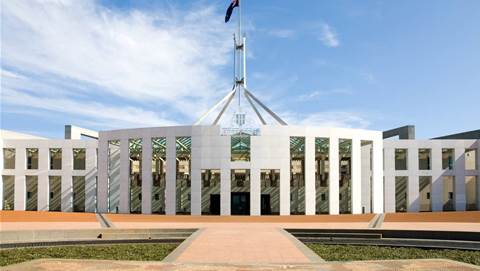Einstein’s laws of relativity would not be violated by such a drive since the craft itself would remain stationary and the bubble of space it moves in would be mobile. This would also shield passengers from the enormous G forces from such acceleration.
However there are significant hurdles to be overcome, most notable creating the engine powerful enough to produce such a distortion.
“There is nothing that theoretically prevents the creation of warp drive,” say the pair.
“Early calculations indicated that superluminal propulsion for a ship of volume 1000m3 could be achieved at an estimated energy cost of 1045J, or roughly the total mass-energy contained within the planet Jupiter after using the famous relation E = mc2.”
This however is a significant step forward, since previous calculations have shown it would take more energy than exists in the entire universe to power such a craft.
“This approach, although highly theoretical at this stage, gives us a glimpse as to how one might address the problems associated with the vast distances involved in interstellar travel, and also opens up exciting new avenues for future research,” they conclude.

_(22).jpg&h=140&w=231&c=1&s=0)

_(20).jpg&h=140&w=231&c=1&s=0)




_(26).jpg&w=100&c=1&s=0)

 iTnews Executive Retreat - Security Leaders Edition
iTnews Executive Retreat - Security Leaders Edition










_(1).jpg&h=140&w=231&c=1&s=0)



